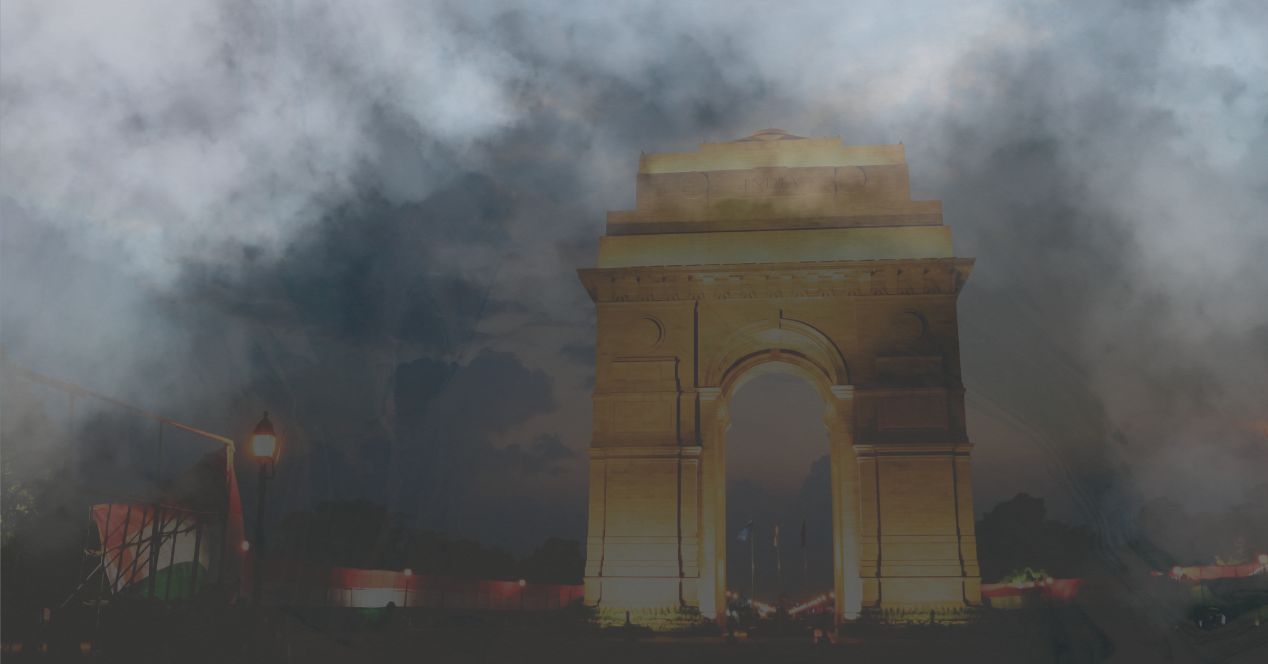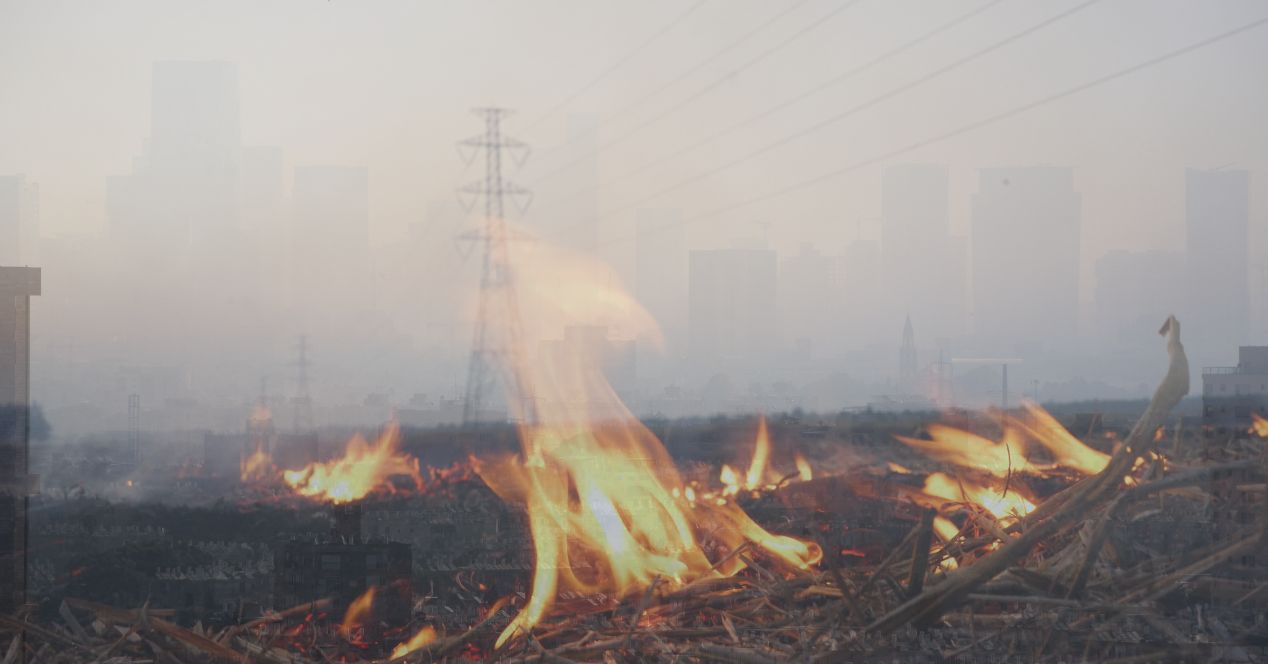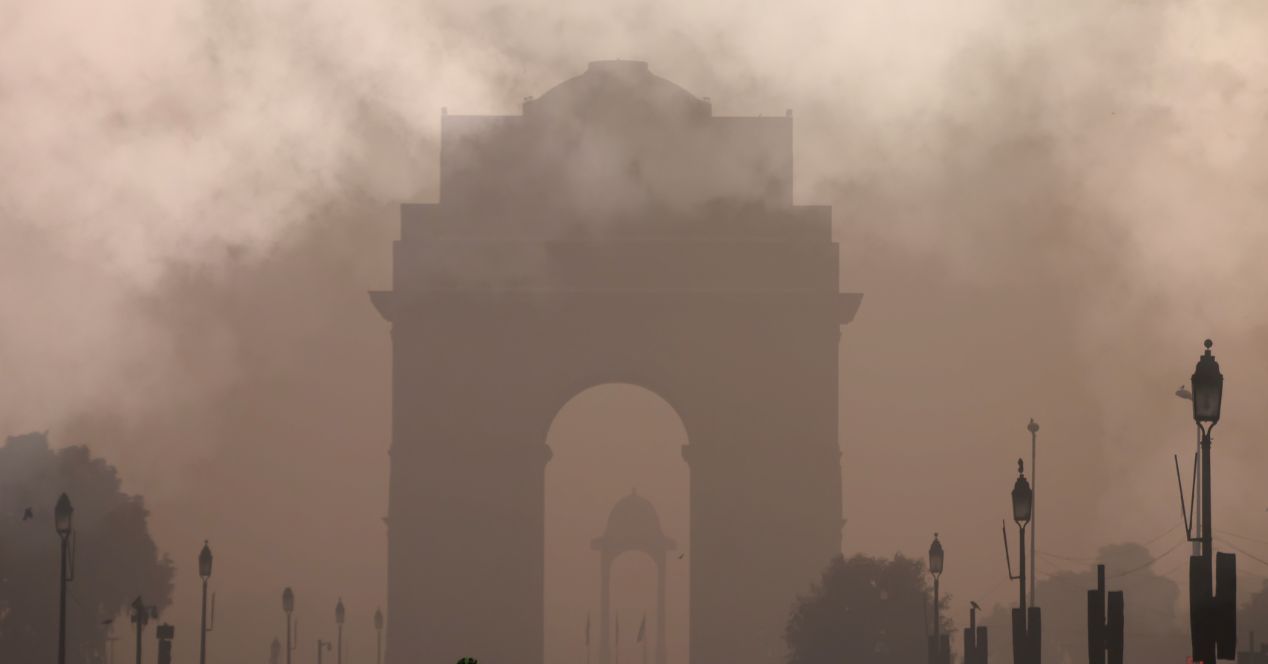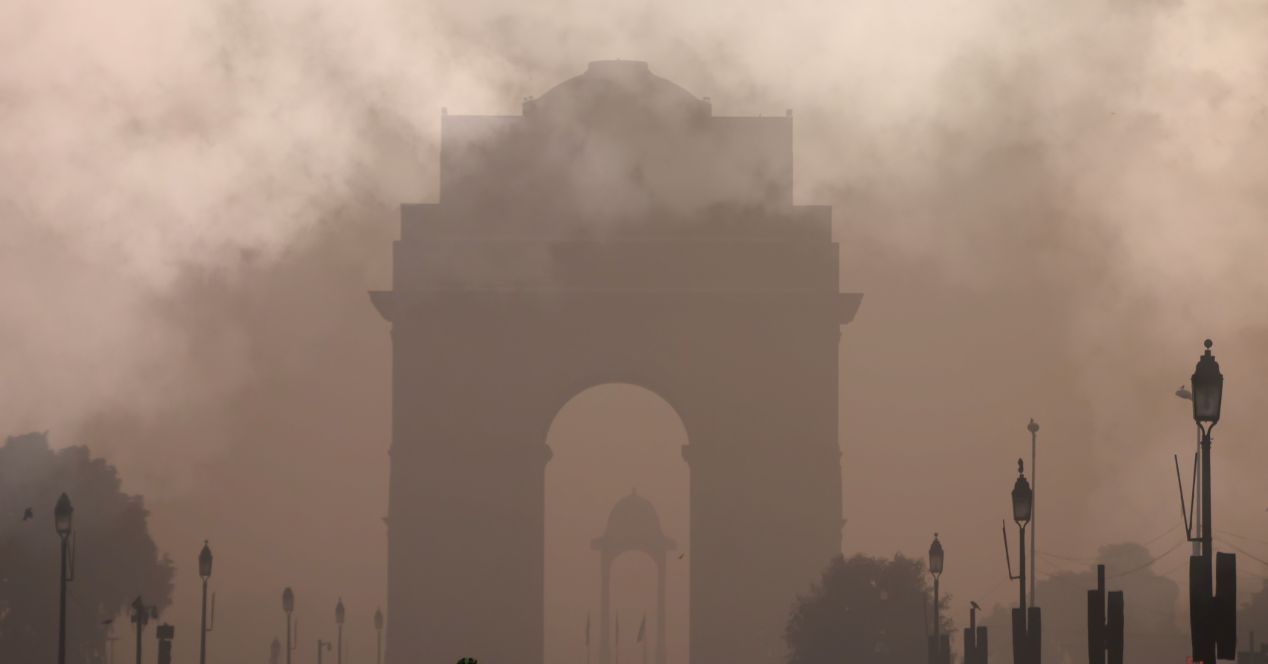Channel
How the Supreme Court has tackled Delhi’s air pollution crisis
The Court's attention on air pollution in Delhi has to go further than indignation and must be supported by proper implementation
Transcript
Hello everyone!
I’m Gauri Kashyap, and today we’re talking about the debilitating air pollution issues in our nation’s capital. Over the last few months, the Supreme Court has continued hearings on air pollution in the Delhi National Capital Region. Manasi Shah from the Supreme Court Observer team tracked each of these hearings.
In our newsletter last week, she wrote about how, in these hearings, the script scarcely changes. An advocate raises alarm over the prevailing conditions. The bench reacts with concern, pointed questions follow, and the Court demands another affidavit. The conversation circles around the usual suspects: the Graded Response Action Plan (GRAP), vehicular emissions, firecracker bans, and stubble burning.
Manasi: There was one moment from the hearings that stayed with me even after they had concluded, possibly because it was so heartfelt in its exasperation. Justice A.S. Oka, who has helmed all the pollution benches this season, was possibly at his wits’ end when he made a remark in court. He said, “It is apparent that the authorities have made no earnest effort to implement.”
The line hit harder than I expected. Perhaps it was because of where I was logging in from—a room fortified with an air purifier at our office in Delhi. Just outside the shuttered windows, I could see a thick, acrid blanket of smog. A doctor had recently told me that this was the reason behind my persistently itchy throat, something that strikes like clockwork at the onset of the smog season.
Gauri: The Supreme Court began hearing this matter in November after Delhi recorded an AQI of 485—classified as ‘severe plus.’ Stage 4 of GRAP was enforced, which meant restrictions on vehicular movement and the halting of construction activities.
Manasi: In December, Delhi’s AQI averaged 294—ostensibly the cleanest air we’ve had since the introduction of the Air Quality Index system back in 2015. But the raspy coughs and the burning eyes told a completely different story. The AQI numbers felt abstract, detached from what we were actually breathing around us.
Even the Court wasn’t convinced this time. It started pushing for long-term measures like better waste management and the adoption of electric vehicles for the government fleet. It was a clear acknowledgement that seasonal mandates just won’t cut it anymore.
Gauri: The Court has had a long history of involvement in Delhi’s pollution battles. Its first major intervention came in the mid-1980s when environmental lawyer M.C. Mehta approached it with a request to address vehicular pollution in the city. Since then, the Court has kept the Mehta case open under a continuing mandamus to address a wide spectrum of pollution-related concerns.
In 1991, the Court directed the setting up of a committee to explore low-cost alternatives to reduce vehicular pollution. In 1998, while disposing of a related matter, it ordered buses, taxis, and three-wheelers to switch to CNG. In 2016, it flagged the absence of a clear pollution response plan by the Central Pollution Control Board (CPCB).
2017 stood out when the Court banned firecrackers—a restriction it eased slightly in 2018 for ‘green crackers.’ In early April this year, the Court imposed a year-long ban on the use, manufacture, sale, and storage of all firecrackers in the Delhi National Capital Region, noting that there was no proof that green crackers were pollution-free.
Despite all this, the overwhelming sense among concerned citizens is that enduring change has been elusive. Admittedly, the responsibility for enforcement lies with the Executive.
The Court has pulled out some stops in this set of hearings: summoning Chief Secretaries of the National Capital Region states, pulling up the Air Quality Management Commission, flagging lapses in the implementation of color-coded stickers for vehicles, and directing the Delhi government to submit real-time data on polluting industries, to name a few.
In April 2025, the Court reprimanded authorities for delays in pollution control at thermal power plants and weak enforcement of vehicular pollution norms. It noted that 27% of Delhi’s solid waste remains unprocessed and directed the Municipal Corporation of Delhi to file a compliance affidavit by the end of June.
The bench has often threatened the authorities with contempt for not meeting filing deadlines or failing to produce evidence of action. But it hasn’t yet followed through on those threats. The concern now is that with the onset of summer and Justice Oka’s retirement in May, the momentum could fizzle out.
But if the Court is serious about its commitment to air quality, it must not only maintain pressure on the authorities, it must escalate it. If the Court drops the ball on this, we can expect the same grey shroud to blanket the breathless city of Delhi once again.
If you like this story, make sure to visit scobserver.in for more. Subscribe to our channel and our email newsletter as well.
Thank you for watching! I’ll see you soon.




